Home>Gardening & Outdoor>Outdoor Recreation & Activities>How To Measure A Trampoline For A Net


Outdoor Recreation & Activities
How To Measure A Trampoline For A Net
Modified: October 20, 2024
Learn how to measure a trampoline for a net to ensure safety and fun for outdoor recreation and activities. Get expert tips and guidelines for a perfect fit!
(Many of the links in this article redirect to a specific reviewed product. Your purchase of these products through affiliate links helps to generate commission for Storables.com, at no extra cost. Learn more)
Introduction
Trampolines are a fantastic way to add excitement and physical activity to your outdoor space. Whether it's for your kids to bounce around on or for your own fitness routine, trampolines provide endless entertainment. However, ensuring safety while using a trampoline is paramount. One essential safety feature is a net enclosure, which prevents users from falling off the trampoline and potentially getting injured.
In this guide, we will walk you through the process of measuring a trampoline for a net. By following these steps, you can ensure that you select the right net size and type for your trampoline, providing a safe and enjoyable experience for everyone.
Let's dive into the details and learn how to measure a trampoline for a net enclosure.
Key Takeaways:
- Ensure trampoline safety by measuring the size and height for a net enclosure. Consider type, material, and additional features for a secure and enjoyable experience.
- Accurately measure trampoline size and net height, and consider additional features for a safe and fun trampoline experience.
Read more: How To Tie A Trampoline Net
Step 1: Measure the Trampoline Size
Before purchasing a trampoline net, it's crucial to accurately measure the size of your trampoline. Start by measuring the diameter of the trampoline. To do this, place the measuring tape at the outer edge of the trampoline frame and extend it across to the opposite outer edge. Ensure that the tape is taut for an accurate measurement.
It’s important to measure the trampoline frame, excluding the springs, to determine the correct net size. If your trampoline has a rectangular or oval shape, measure the length and width as well. Take multiple measurements to ensure accuracy, as trampolines can warp over time, affecting their shape and size.
Additionally, consider the frame’s height, as this will influence the net’s compatibility. Some trampolines have higher frames, requiring taller nets for adequate enclosure. By accurately measuring the trampoline size, you can confidently select a net that fits securely and provides optimal safety for users.
Once you have the precise measurements, you can proceed to the next step of determining the type of net that best suits your trampoline.
Step 2: Determine the Type of Net
When selecting a net for your trampoline, it’s essential to consider the different types available. Trampoline nets come in various designs, including those specifically tailored for round, rectangular, or oval trampolines. Additionally, there are universal nets that can accommodate multiple trampoline shapes.
Consider the entrance system of the net. Some nets feature a zippered entrance, providing a secure closure, while others utilize a buckle or clip system. The entrance should be easy to use for both children and adults while ensuring that it securely seals once entered.
Furthermore, assess the net’s material and construction. High-quality nets are typically made from durable, UV-resistant polyethylene or similar materials that can withstand outdoor elements. The net’s mesh should be tightly woven to prevent fingers or small objects from getting caught while allowing for optimal visibility.
Another factor to consider is whether the net is designed for an enclosure pole system. Some trampolines have poles that support the net, while others integrate the net directly into the frame. Understanding your trampoline’s design will help you select a compatible net that provides a seamless fit.
By determining the type of net that aligns with your trampoline’s shape, entrance system, material quality, and pole configuration, you can make an informed decision that enhances safety and usability.
Once you’ve identified the appropriate net type, the next step is to measure the net’s height for a proper enclosure fit.
When measuring a trampoline for a net, measure the diameter of the frame, not the jumping surface. This will ensure you get the right size net for your trampoline.
Step 3: Measure the Net Height
Measuring the net height is crucial to ensure that it provides adequate enclosure and protection for trampoline users. Start by determining the distance from the trampoline frame to the ground. This measurement will help you select a net with the appropriate height to fully enclose the trampoline and prevent accidental falls.
When measuring the net height, consider the recommended safety standards for trampoline enclosures. The net should extend above the trampoline frame to create a secure barrier. For added safety, some nets have an overlap that drapes over the frame, further preventing access to the springs and frame components.
It’s important to account for any uneven ground or slopes around the trampoline, as this can impact the net’s effectiveness. In such cases, select a net with adjustable straps or a ratchet system to customize the fit and ensure a consistent height around the entire perimeter of the trampoline.
Additionally, consider the user demographics and intended trampoline activities. If the trampoline is primarily used by young children, a higher net may be necessary to prevent climbing or accidental falls. For fitness enthusiasts or older users, a standard net height may suffice, provided it meets safety guidelines.
By accurately measuring the net height and considering the surrounding terrain and user requirements, you can select a trampoline net that provides comprehensive enclosure and peace of mind for all users.
Once the net height is determined, it’s essential to consider any additional features that may enhance the functionality and safety of the trampoline enclosure.
Step 4: Consider Additional Features
When choosing a trampoline net, it’s beneficial to explore additional features that can augment safety and usability. One important consideration is the presence of a reinforced top rim or top ring on the net. This feature provides structural integrity and prevents sagging, ensuring that the net remains securely in place over time.
Some trampoline nets are equipped with integrated pockets or compartments for storing shoes, toys, or other belongings while users enjoy the trampoline. This practical feature helps maintain a tidy play area and prevents items from getting scattered or lost during playtime.
Another valuable addition is a weather-resistant design. Selecting a net constructed from materials resistant to UV rays, moisture, and general wear and tear can prolong its lifespan and maintain its integrity under various weather conditions. This ensures that the net remains reliable and durable for years to come.
Consider the installation and maintenance aspects of the net as well. Look for a net that is easy to install and remove for seasonal storage or maintenance. Nets with straightforward attachment mechanisms, such as hook-and-loop closures or quick-release clips, can streamline the installation process and facilitate periodic inspections or adjustments.
Furthermore, some trampoline nets incorporate visual enhancements, such as reflective strips or vibrant colors, to increase visibility and create an attractive enclosure. These features can improve safety by making the trampoline more noticeable, especially during low-light conditions.
By considering these additional features, you can select a trampoline net that not only meets safety standards but also offers practical benefits and long-term durability. With these factors in mind, you can confidently choose a net that enhances the overall trampoline experience.
With the comprehensive measurement and consideration of additional features, you are now equipped to select the ideal trampoline net that ensures safety, durability, and enjoyment for all users.
Read more: How To Fix A Trampoline Net
Conclusion
Measuring a trampoline for a net enclosure is a critical step in enhancing safety and enjoyment for trampoline users. By following the steps outlined in this guide, you can confidently select a trampoline net that fits securely, provides optimal enclosure, and offers practical features for a seamless experience.
Accurately measuring the trampoline size, including the diameter and frame height, is the foundational step in identifying the appropriate net dimensions. This ensures a snug fit and effective enclosure, minimizing the risk of accidents during trampoline use.
Determining the type of net that best aligns with your trampoline’s shape, entrance system, material quality, and pole configuration allows you to make an informed decision that enhances safety and usability. Whether it’s a round, rectangular, or oval trampoline, selecting the right net type is crucial for a secure and reliable enclosure.
Measuring the net height is essential for creating a barrier that prevents accidental falls and ensures comprehensive enclosure. By considering safety standards, terrain variations, and user demographics, you can select a net with the appropriate height to meet the needs of all trampoline users.
Exploring additional features, such as reinforced top rims, integrated storage compartments, weather-resistant materials, easy installation mechanisms, and visual enhancements, allows you to enhance the functionality and longevity of the trampoline net. These features contribute to a safe, durable, and visually appealing enclosure.
With these considerations in mind, you are well-equipped to measure your trampoline for a net enclosure and select the ideal net that prioritizes safety, durability, and user satisfaction. By investing in a high-quality trampoline net that meets your specific requirements, you can create a secure and enjoyable trampoline environment for all users.
Now that you have the knowledge and understanding of how to measure a trampoline for a net, you can confidently embark on the process of selecting the perfect net for your trampoline, ensuring countless hours of safe and exhilarating fun for everyone.
Frequently Asked Questions about How To Measure A Trampoline For A Net
Was this page helpful?
At Storables.com, we guarantee accurate and reliable information. Our content, validated by Expert Board Contributors, is crafted following stringent Editorial Policies. We're committed to providing you with well-researched, expert-backed insights for all your informational needs.
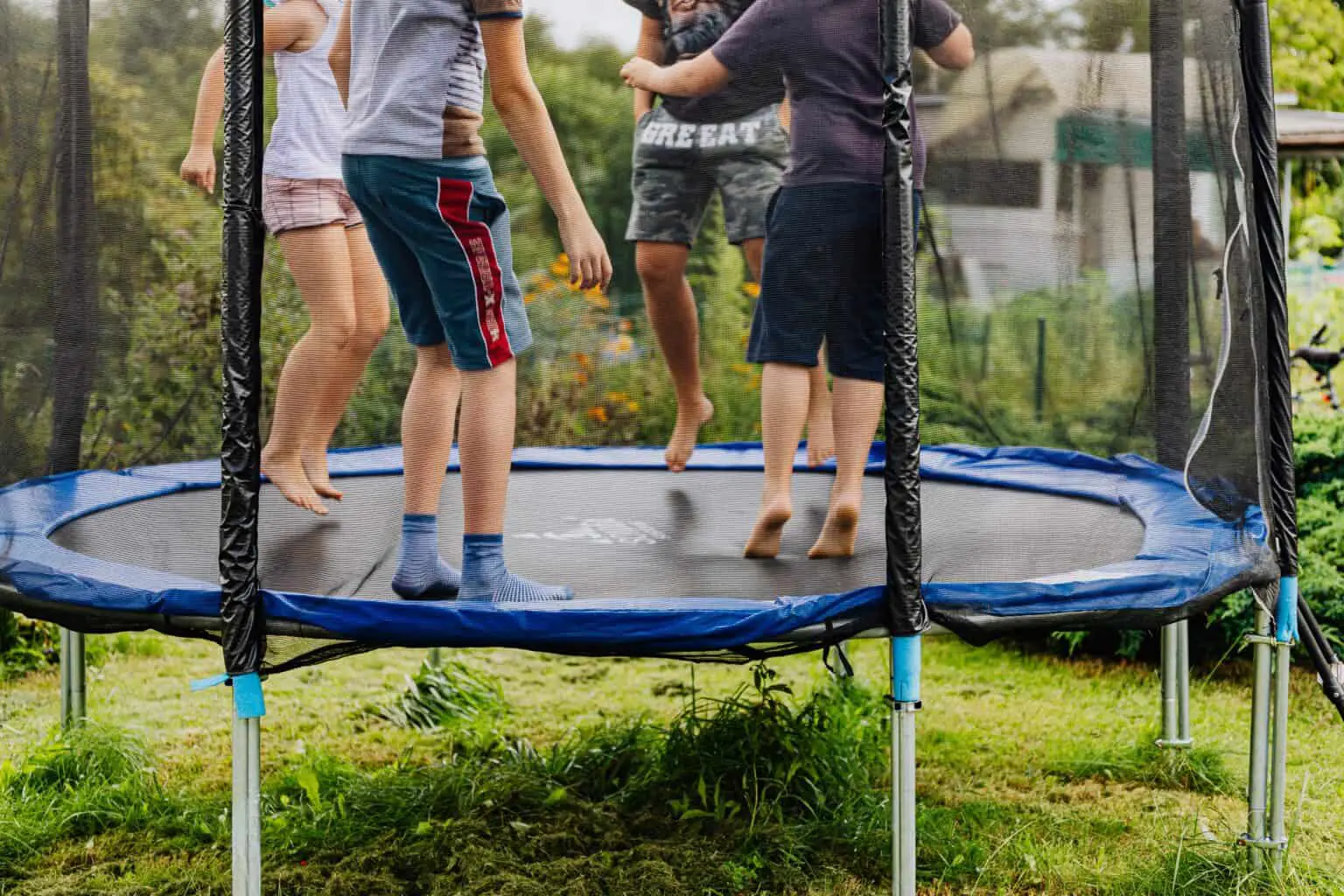
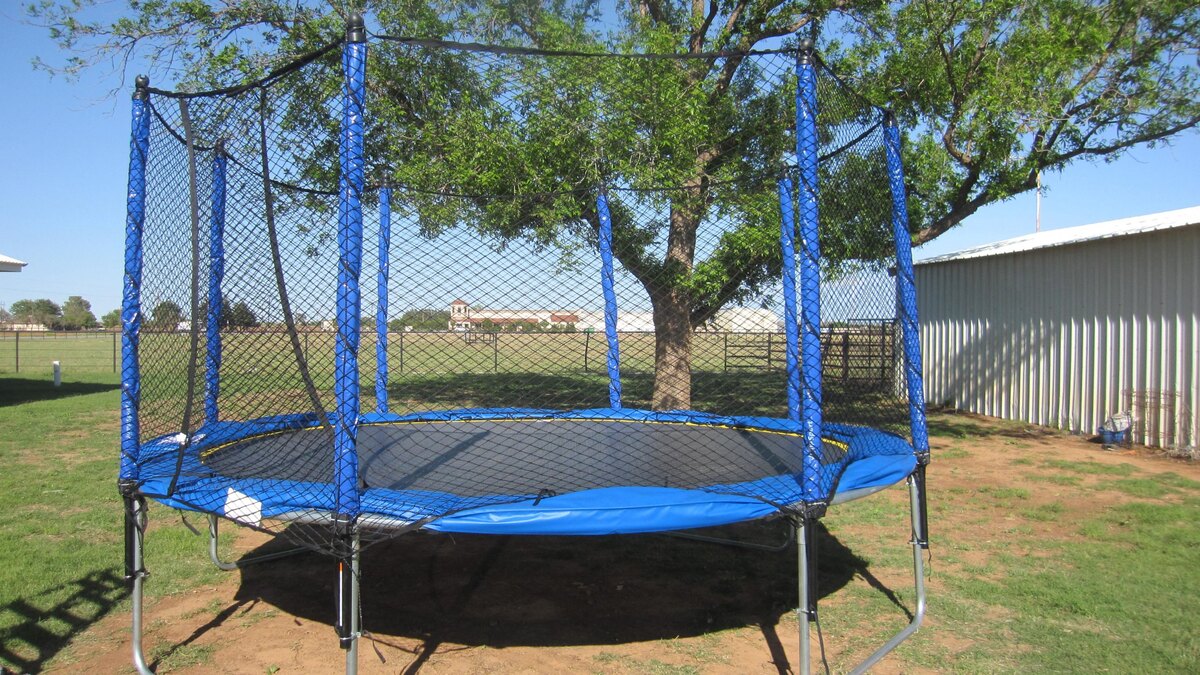
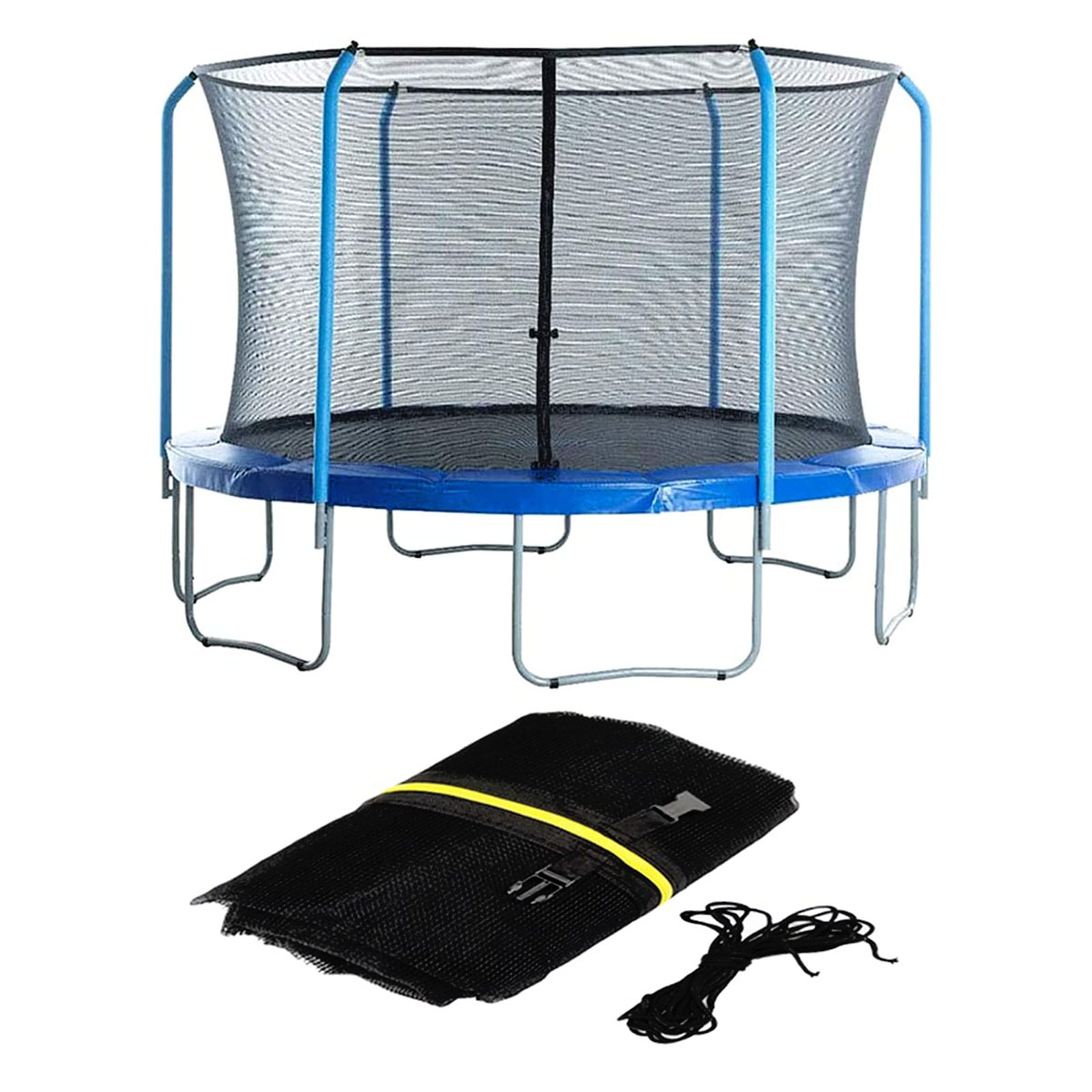
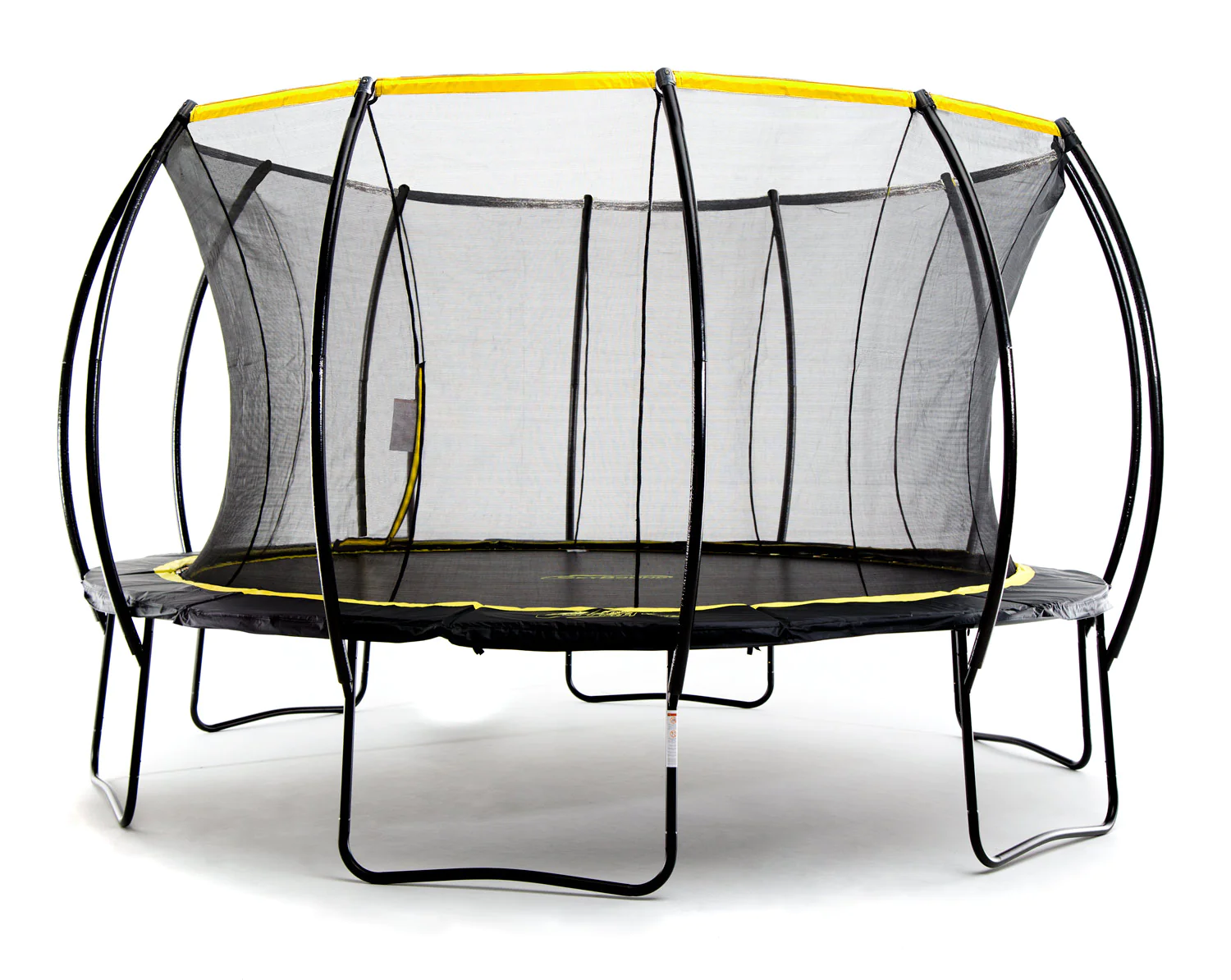

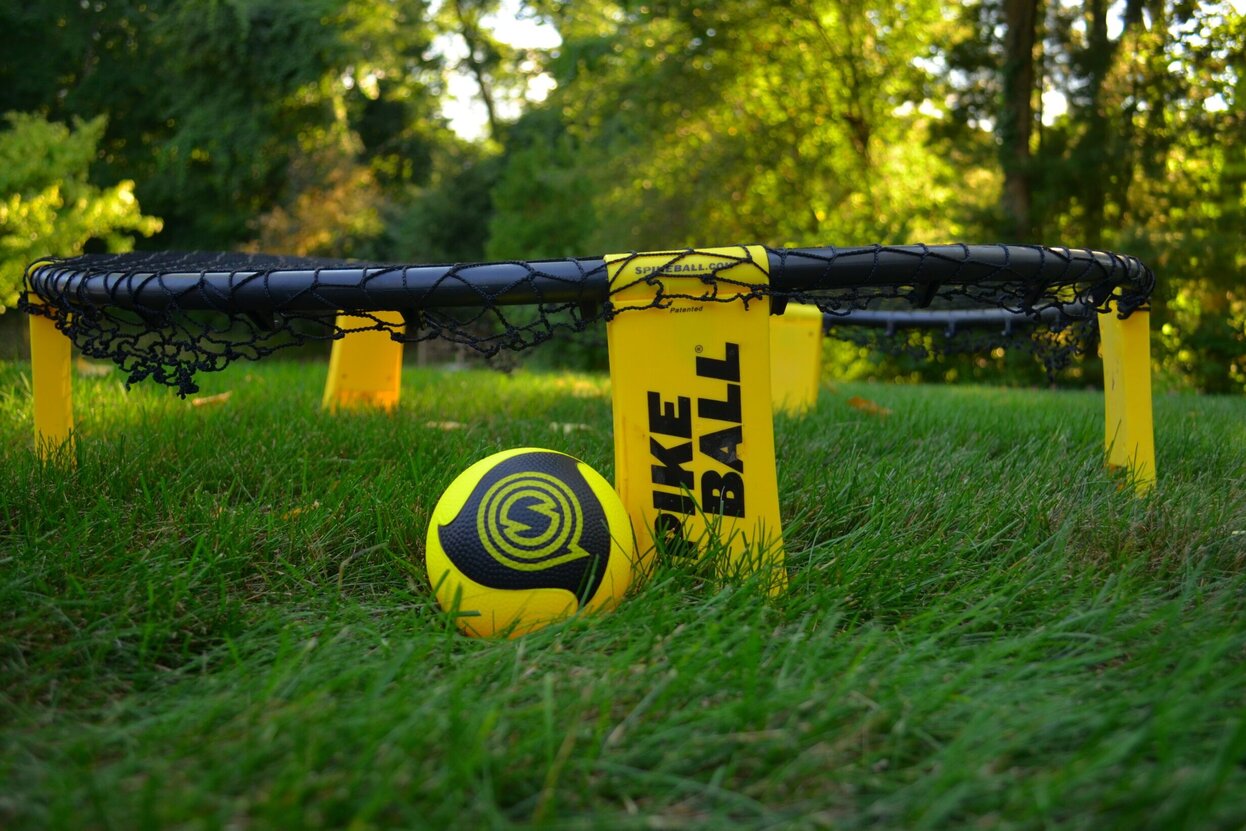

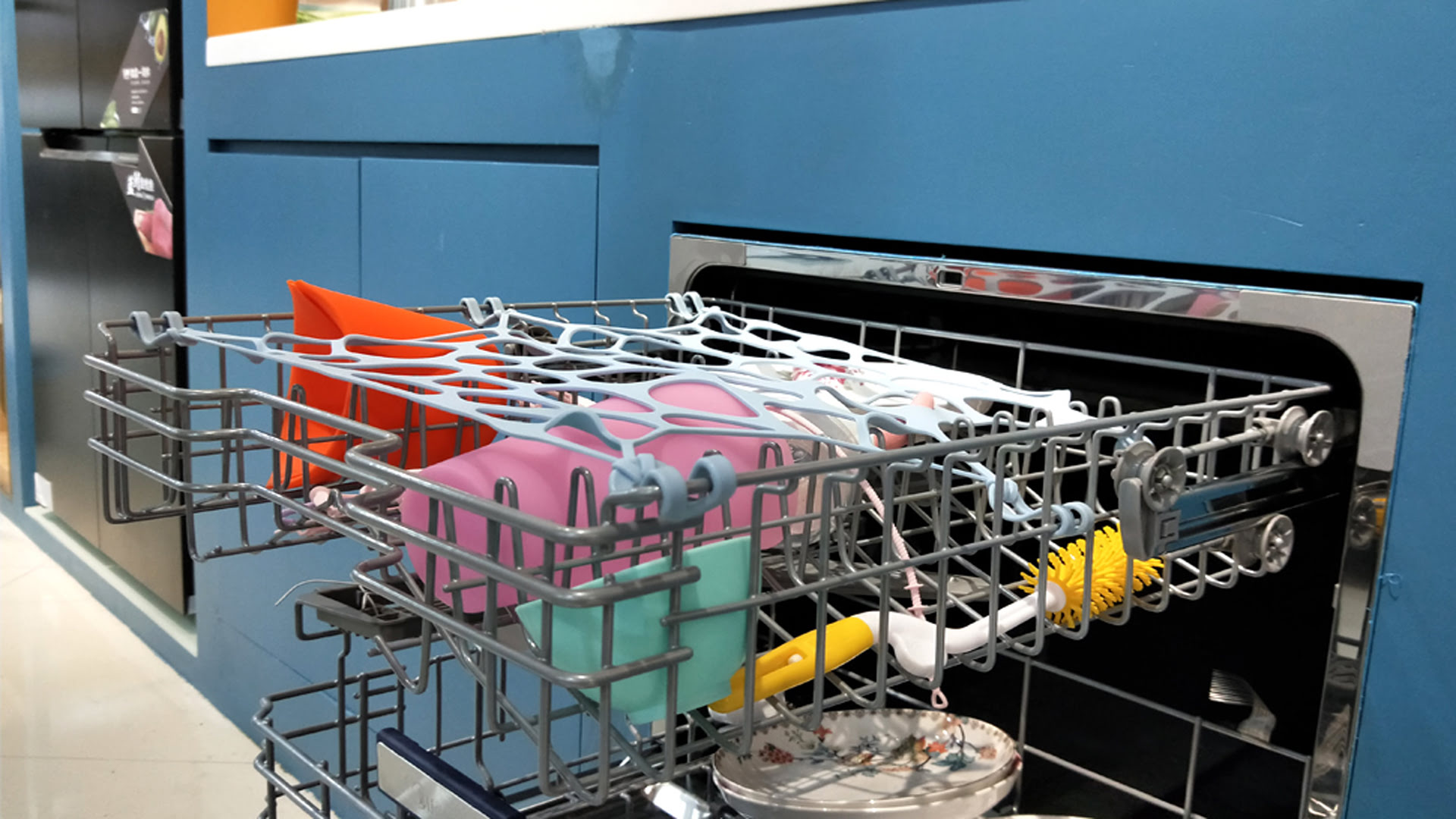
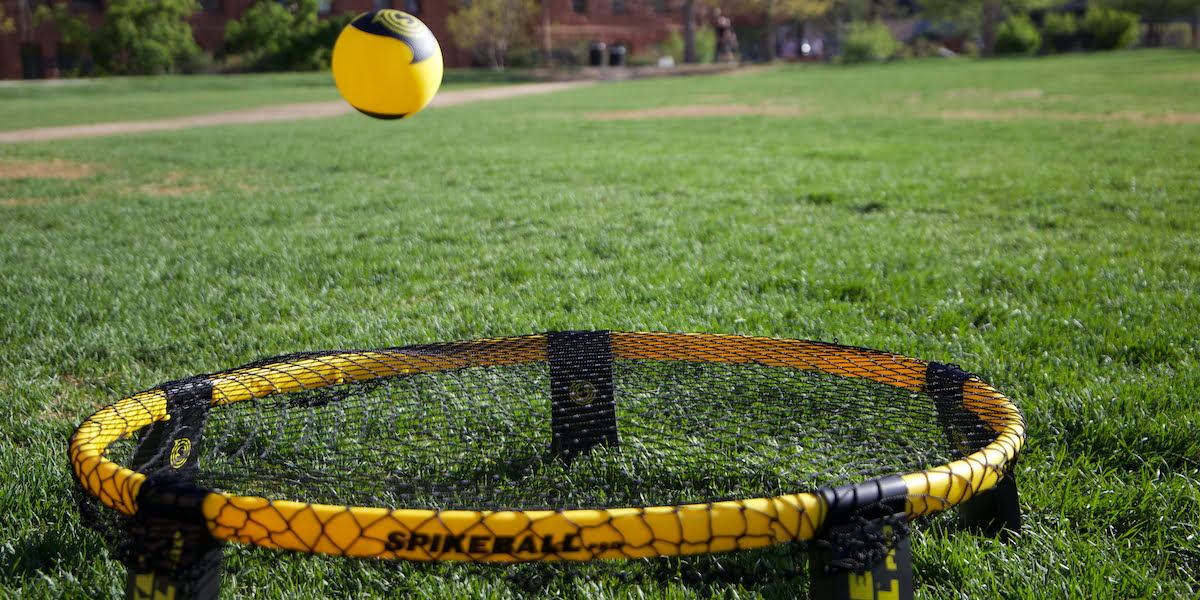
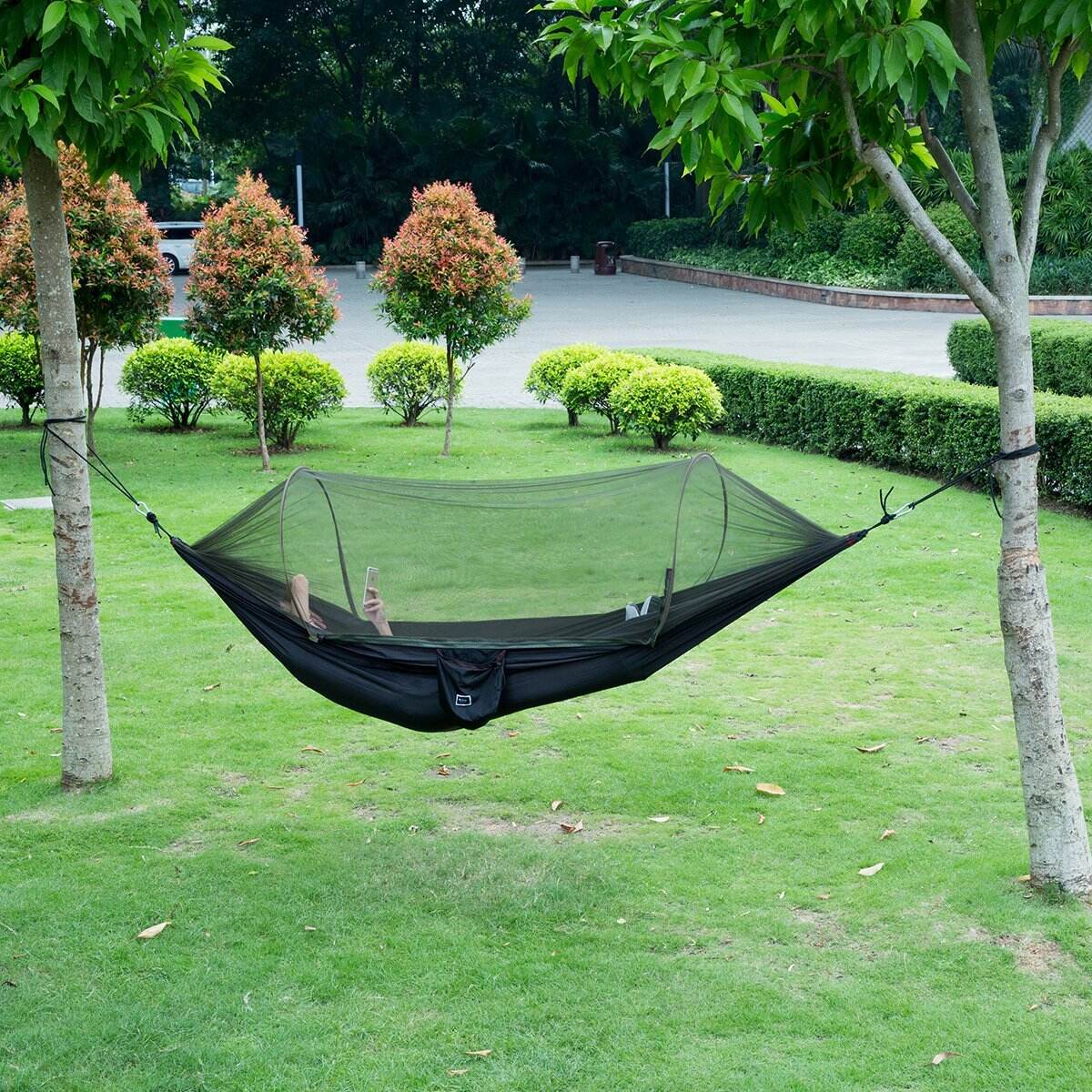

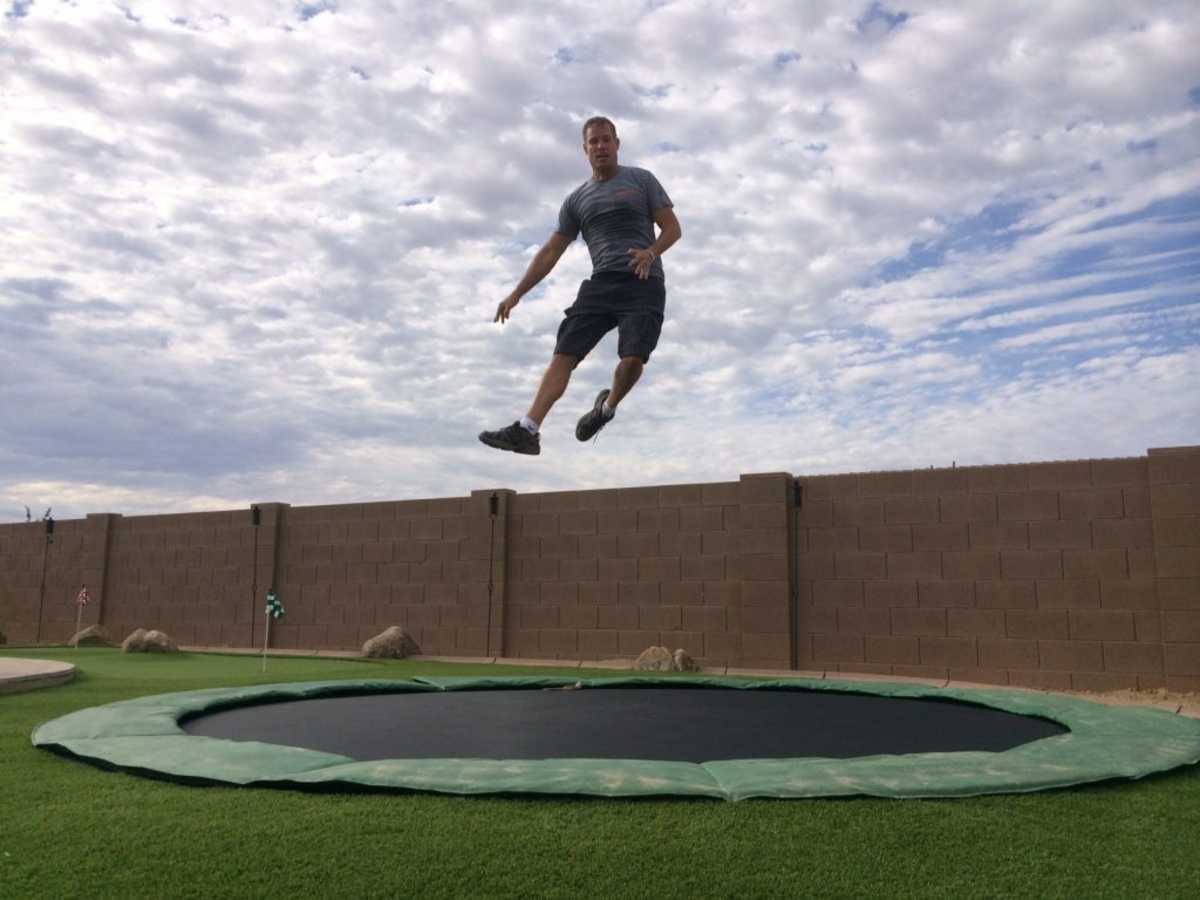

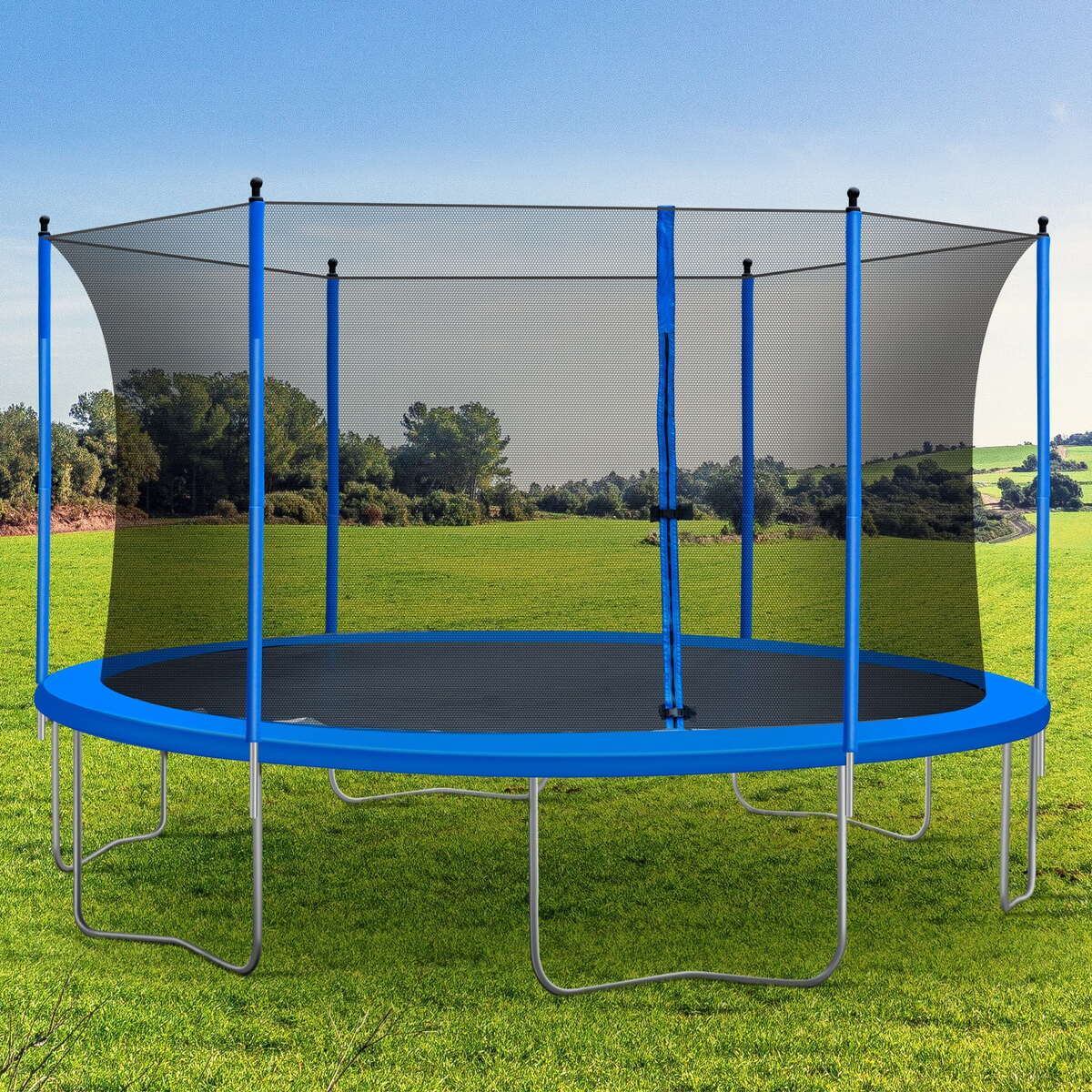

0 thoughts on “How To Measure A Trampoline For A Net”